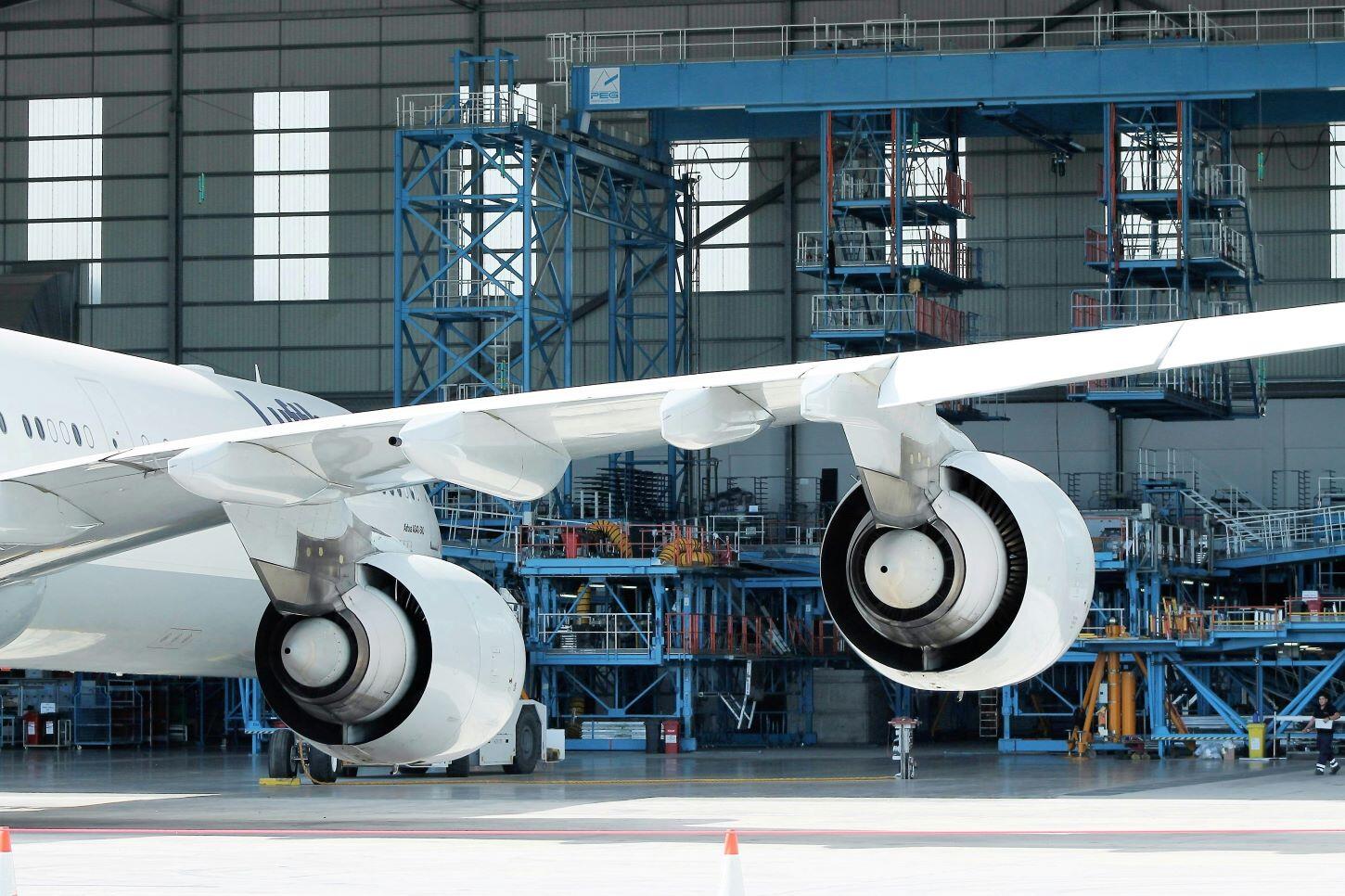The marvel of modern aviation allows us to traverse the globe with unprecedented speed and efficiency. Behind the scenes of every safe and successful flight lies a rigorous and meticulous process of airplane upkeep. Ensuring the safety and reliability of aircraft involves a complex interplay of maintenance procedures, inspections, and operational protocols. This article delves into the critical aspects of airplane upkeep and the efforts taken to keep the skies safe.

The Foundation of Routine Aircraft Maintenance
Routine maintenance is fundamental to ensuring the safety and dependability of aircraft. This process involves a series of regularly scheduled inspections and servicing tasks, which are organized into various levels: A, B, C, and D checks. Each level represents a different degree of thoroughness and complexity. A checks are the most frequent, focusing on fundamental systems and minor components. B checks occur semi-annually and delve deeper into the aircraft’s systems. C checks are more extensive, happening every 20 to 24 months, and involve a comprehensive examination of major systems. The D check is the most intensive, conducted every 6 to 10 years, and includes a complete disassembly and overhaul of the aircraft. This systematic approach ensures that all potential issues are identified and resolved in a timely manner, thus upholding high safety standards.
Focused Inspections for Critical Aircraft Systems
Specialized inspections are crucial for examining specific systems within an aircraft to ensure their proper functionality. For example, engine inspections are vital for assessing the health of the propulsion system. These inspections include detailed assessments of components such as turbine blades, fuel systems, and oil levels. Structural inspections address the aircraft’s framework, searching for signs of wear, fatigue, or damage. Similarly, avionics inspections verify the accuracy and functionality of electronic systems crucial for navigation and communication. By conducting these targeted inspections, maintenance teams can address potential issues before they escalate, thereby enhancing the overall safety and efficiency of the aircraft.
The Critical Role of Skilled Maintenance Personnel
The effective maintenance of aircraft relies heavily on the expertise of skilled professionals. Aircraft maintenance technicians and engineers must undergo extensive training and certification to acquire the necessary skills and knowledge. This training equips them with a deep understanding of the complex systems and components of aircraft, enabling them to identify and resolve potential issues effectively. Regulatory bodies such as the Federal Aviation Administration (FAA) and the European Union Aviation Safety Agency (EASA) enforce rigorous standards for maintenance organizations, including regular audits to ensure compliance. The proficiency of these professionals and their adherence to regulatory standards are crucial in maintaining the safety and reliability of aircraft.
The Impact of Technological Innovations on Maintenance
Technological advancements have significantly improved the precision and efficiency of aircraft maintenance. Modern aircraft are equipped with sophisticated monitoring systems that continuously provide real-time data on various performance metrics. This technology enables predictive maintenance, allowing for the identification and resolution of potential issues before they lead to failures. Health monitoring systems track key parameters such as engine performance and fuel consumption, providing valuable insights for maintenance planning. These technological innovations help maintenance teams work proactively, reducing the likelihood of unexpected problems and enhancing the overall safety and operational efficiency of aircraft.
Environmental Influences on Aircraft Maintenance
Aircraft maintenance must account for the various environmental factors that can affect the aircraft’s condition and performance. Factors such as extreme temperatures, high humidity, and exposure to corrosive substances can impact the integrity of the aircraft. For instance, aircraft operating in coastal regions are exposed to salt, which can accelerate corrosion. To combat these effects, regular cleaning and the application of protective coatings are essential. Maintenance procedures also include inspections to detect and address any damage caused by environmental conditions. By considering these environmental factors, maintenance teams can implement preventive measures to ensure the aircraft remains in optimal condition despite challenging operational environments.
The Essential Role of Aviation Oil in Engine Maintenance
Aviation oil is crucial for maintaining the health and performance of aircraft engines. This specialized lubricant is formulated to withstand the demanding conditions of high-altitude flight and engine operation, including extreme temperatures and pressures. Aviation oil reduces friction between engine components, thereby preventing excessive wear and extending the engine’s lifespan. It also provides protection against corrosion, ensuring smooth and efficient engine operation. Regular monitoring and timely replacement of aviation oil are vital for maintaining engine performance and reliability. By ensuring that engines are properly lubricated, aviation oil plays a key role in the overall upkeep and safety of aircraft operations, contributing to the efficiency and safety of every flight.
Conclusion
Keeping the skies safe requires a multifaceted approach to airplane upkeep. From routine inspections and specialized checks to the use of advanced technology and adherence to regulatory standards, every aspect of maintenance is crucial for ensuring the safety and reliability of aircraft. The dedication of maintenance personnel, coupled with ongoing advancements in technology, ensures that aircraft remain in peak condition, allowing passengers to fly with confidence. As aviation continues to evolve, the commitment to maintaining the highest standards of safety will remain a cornerstone of the industry, ensuring that the skies remain as safe as they are vast.